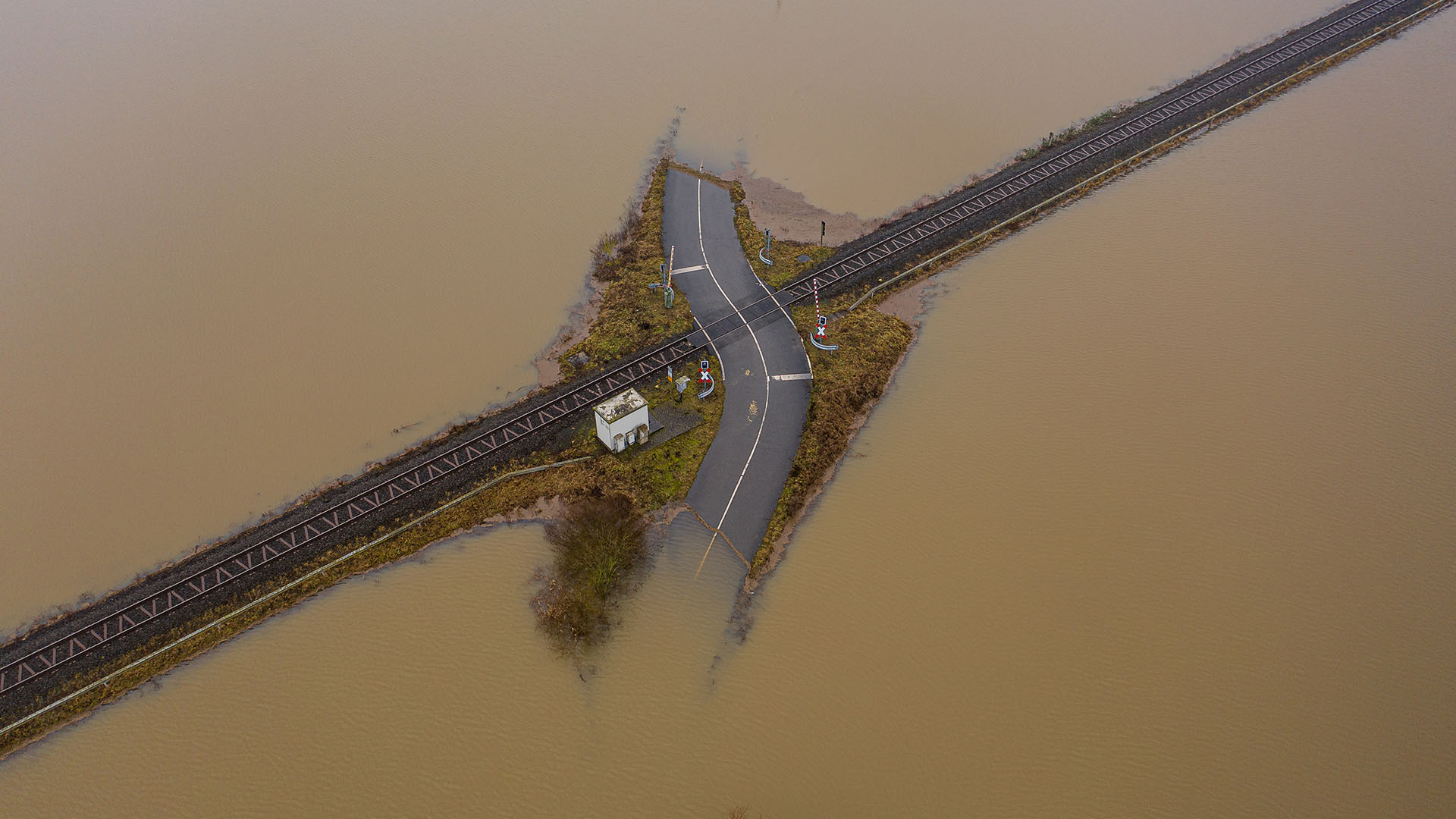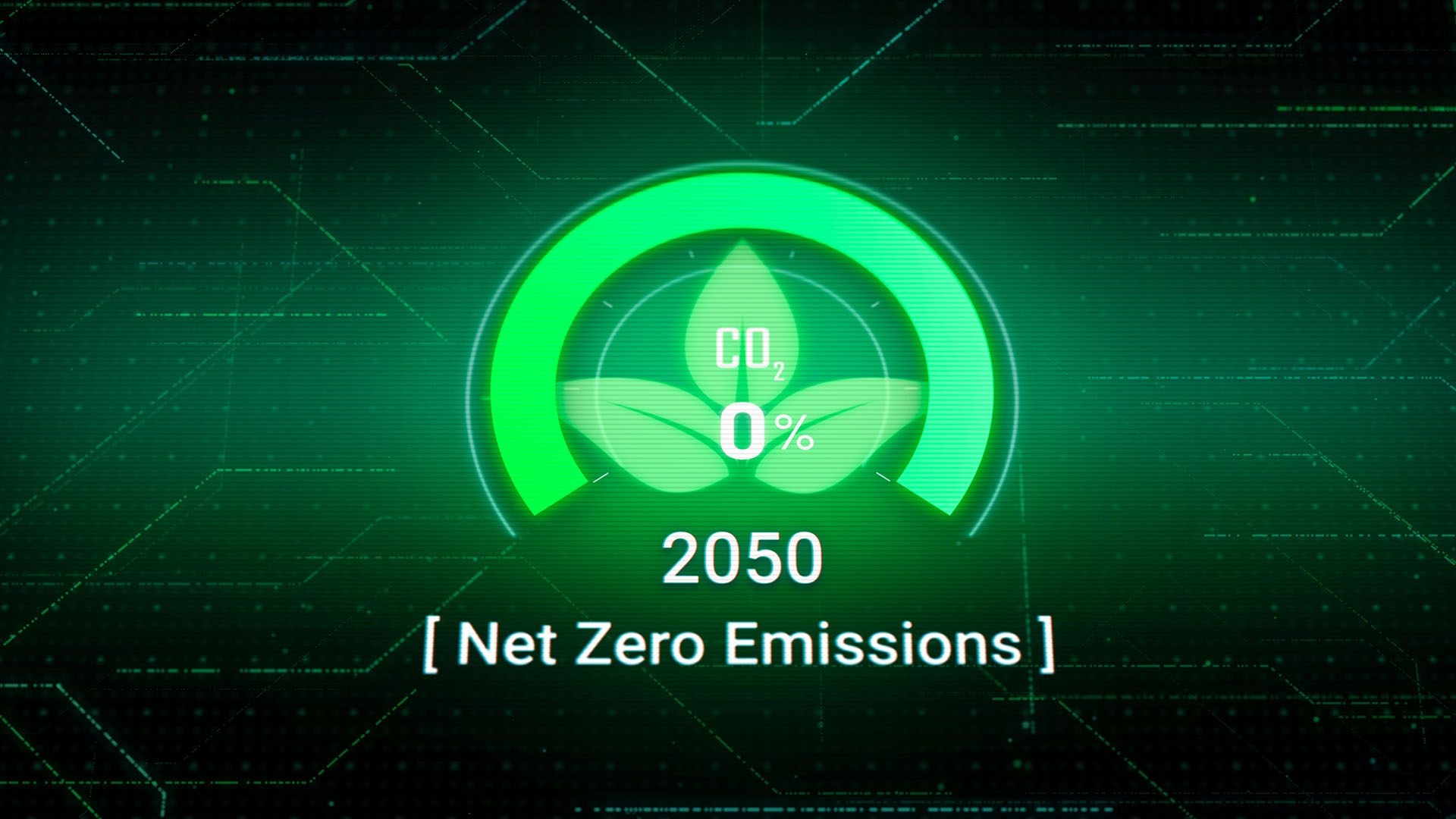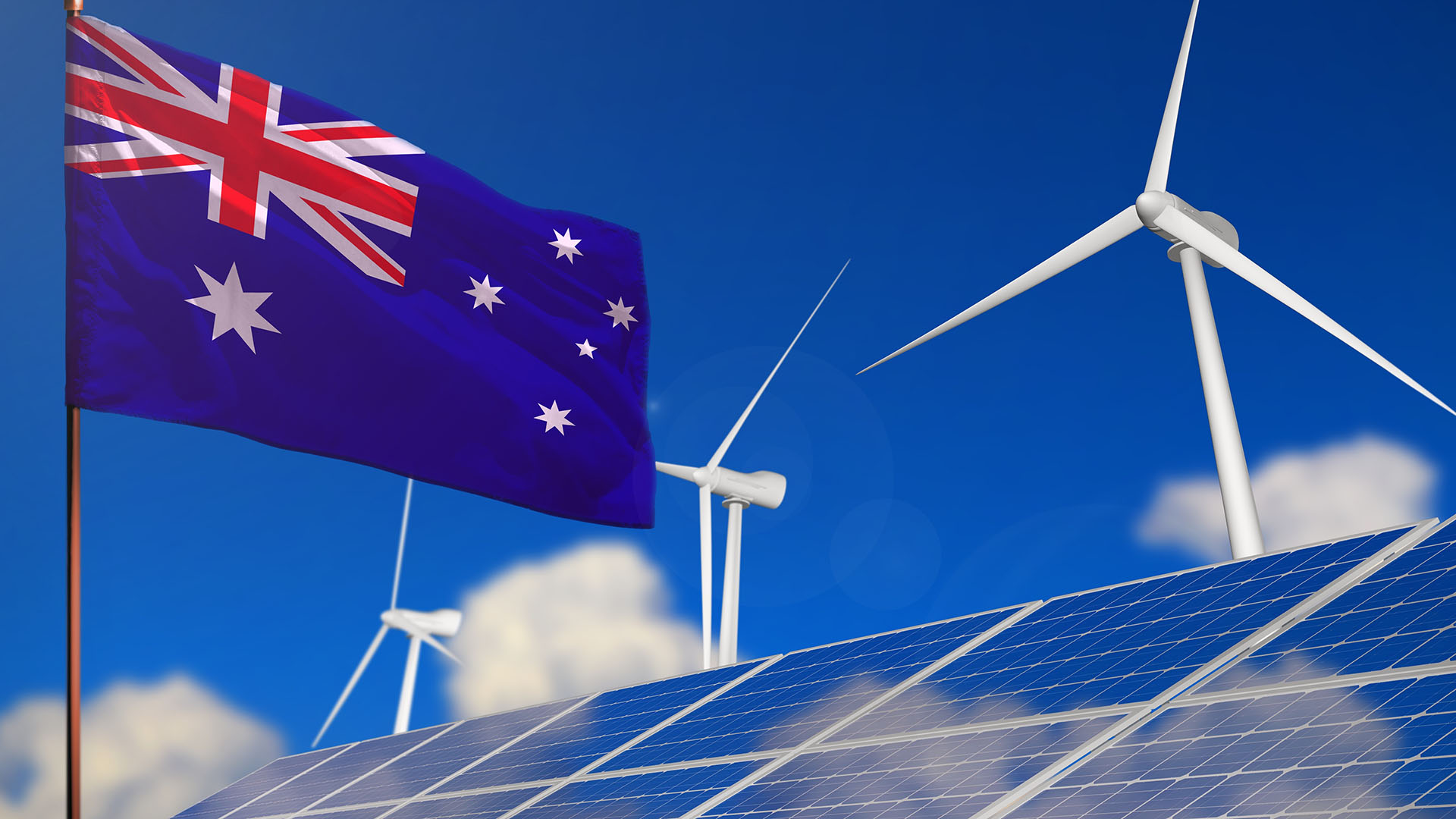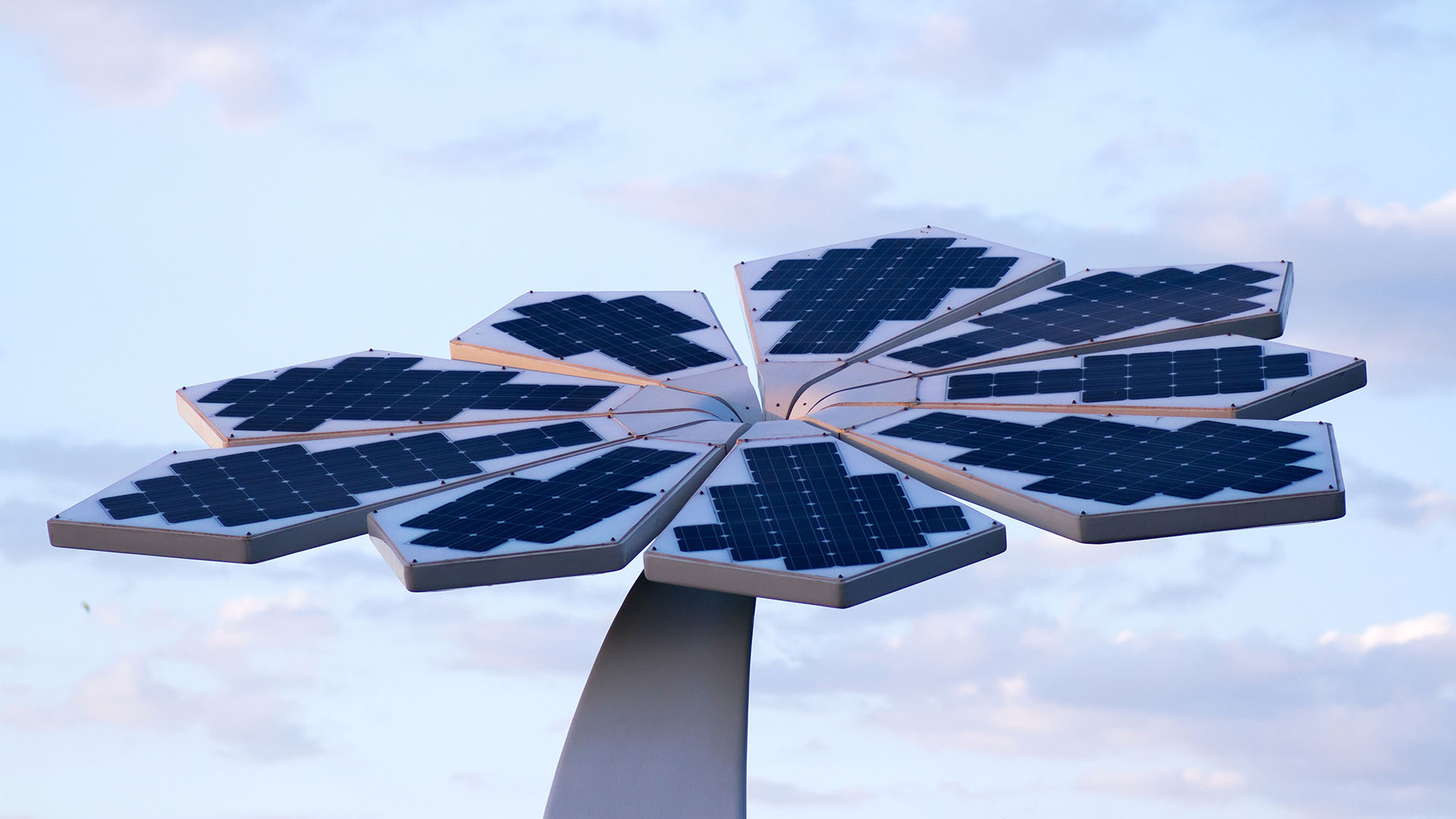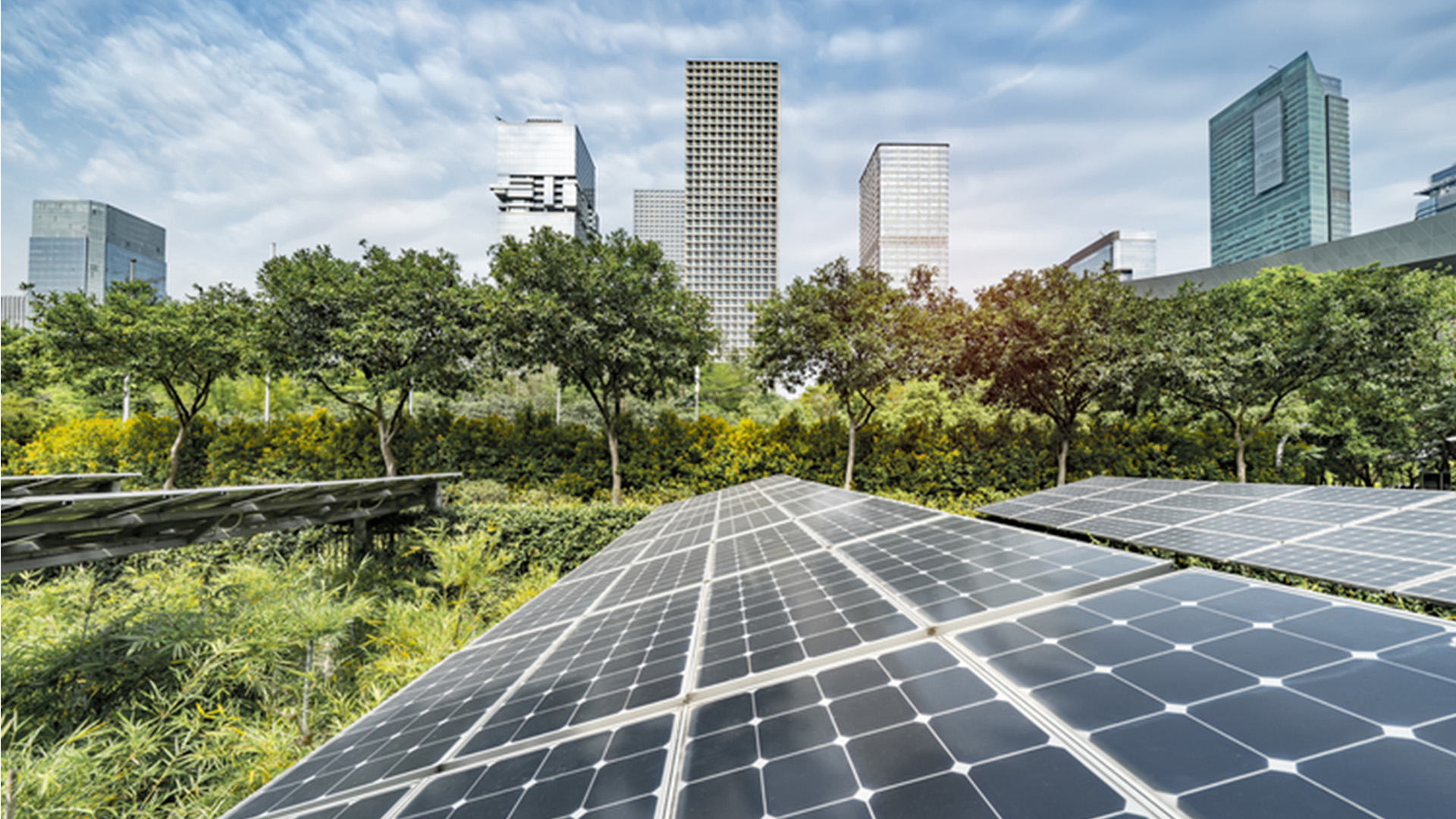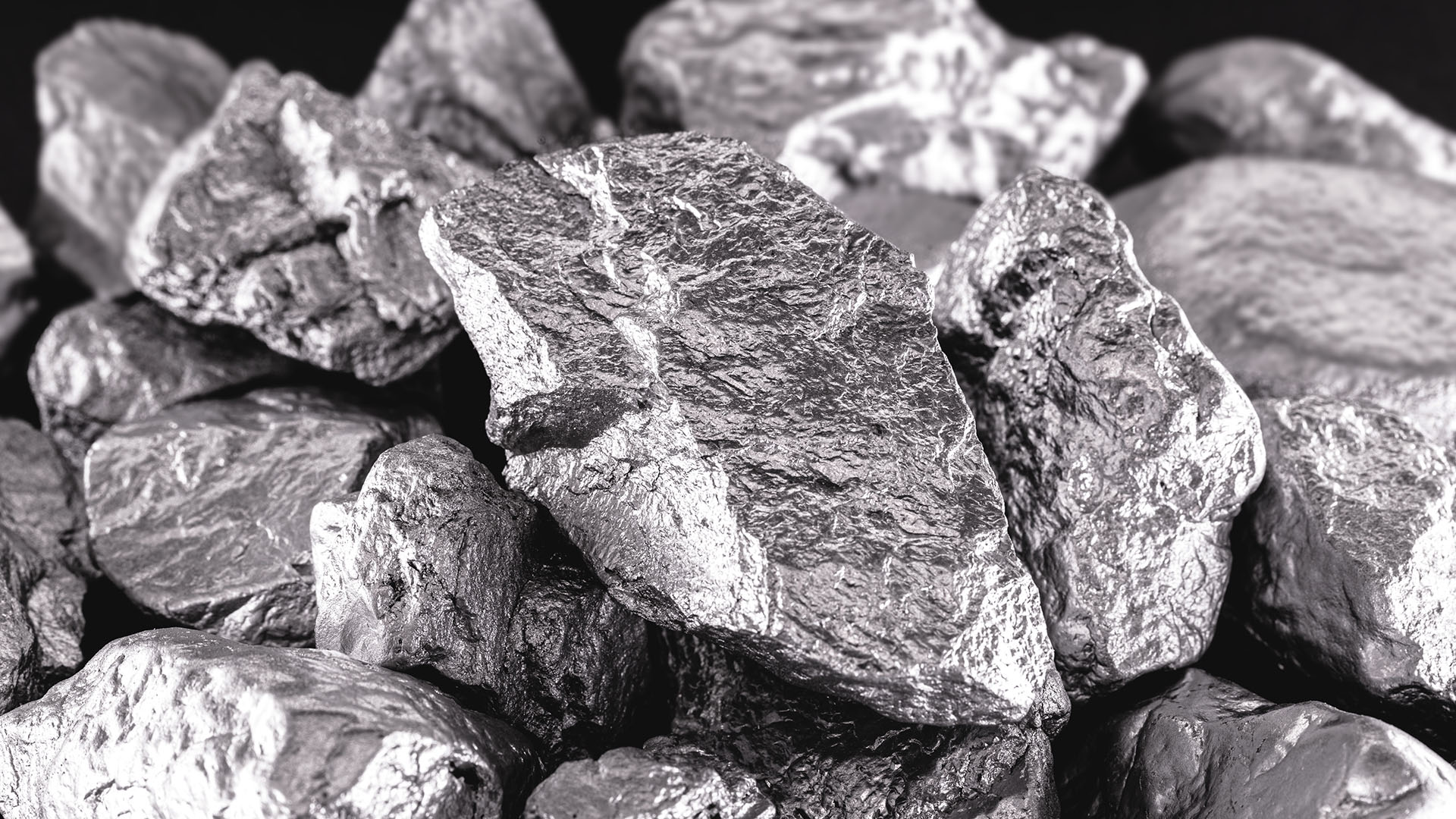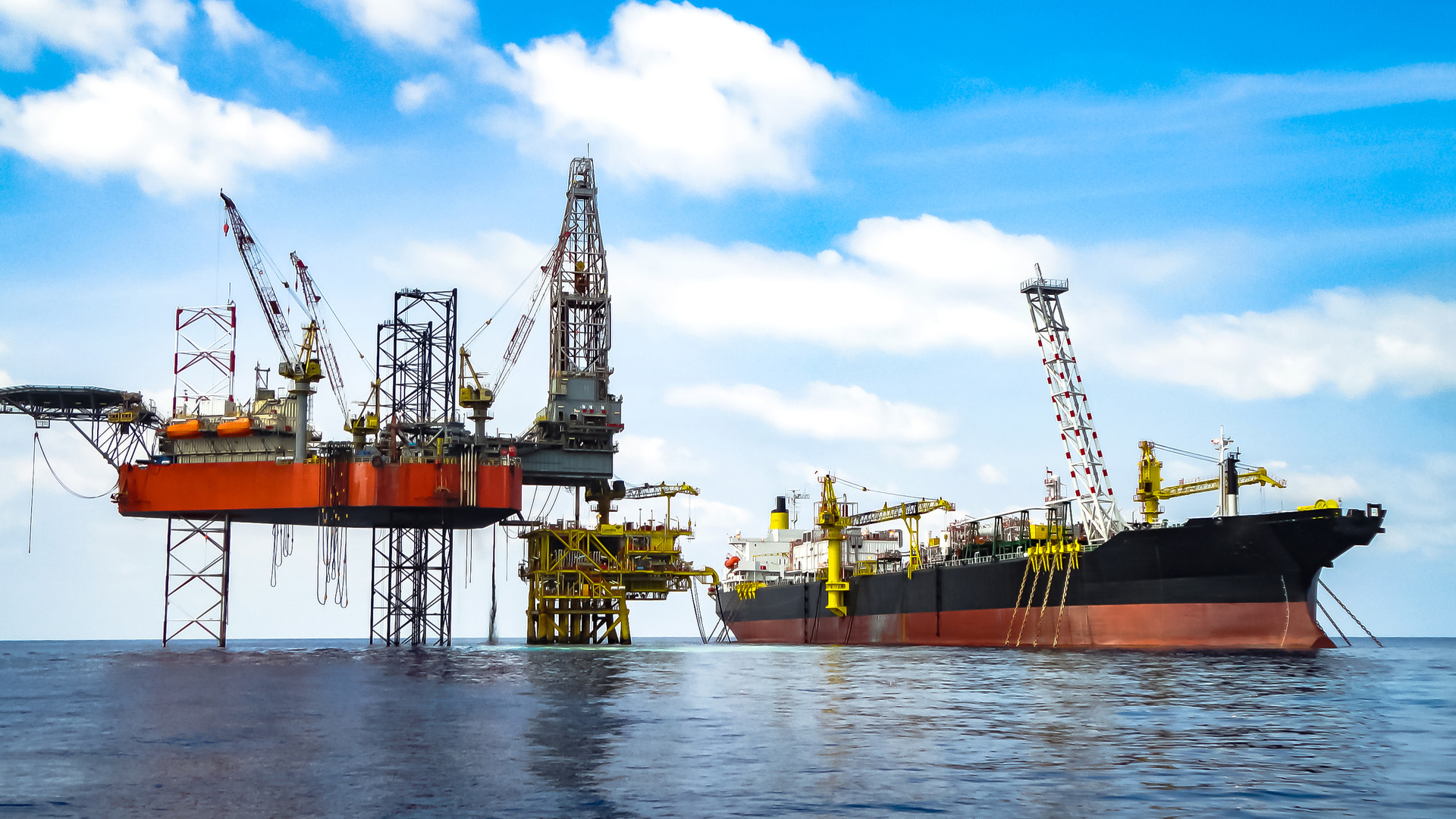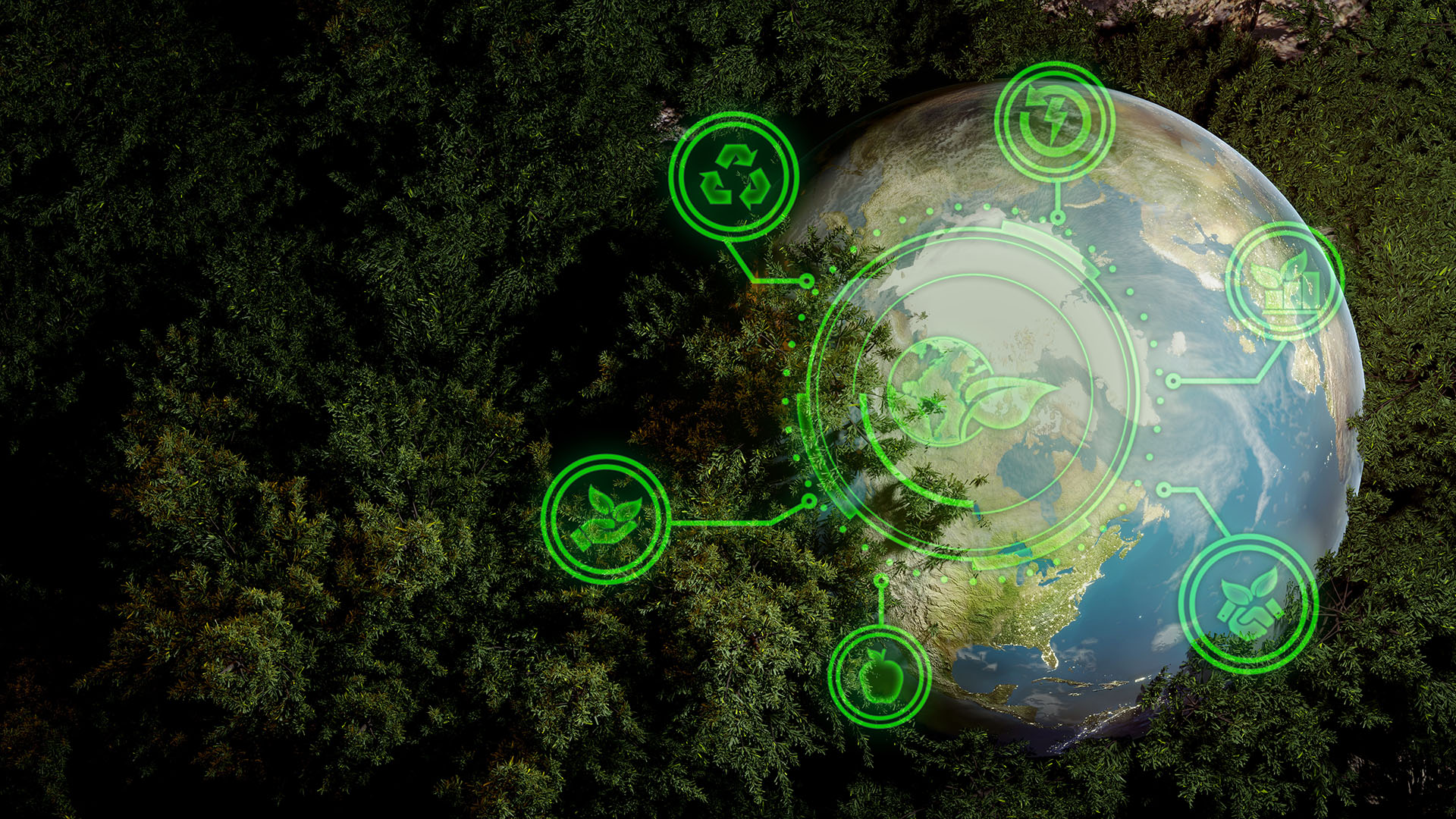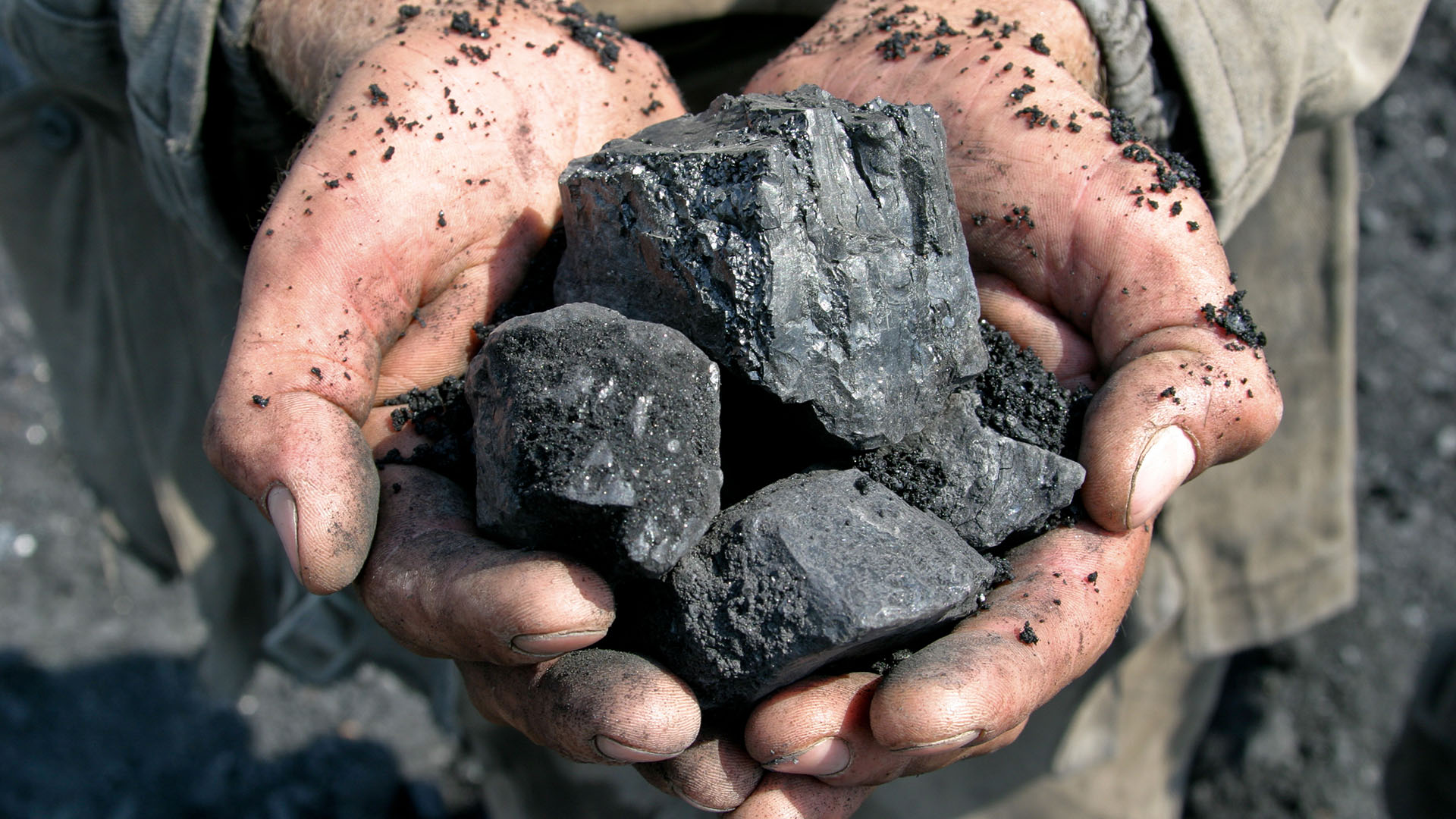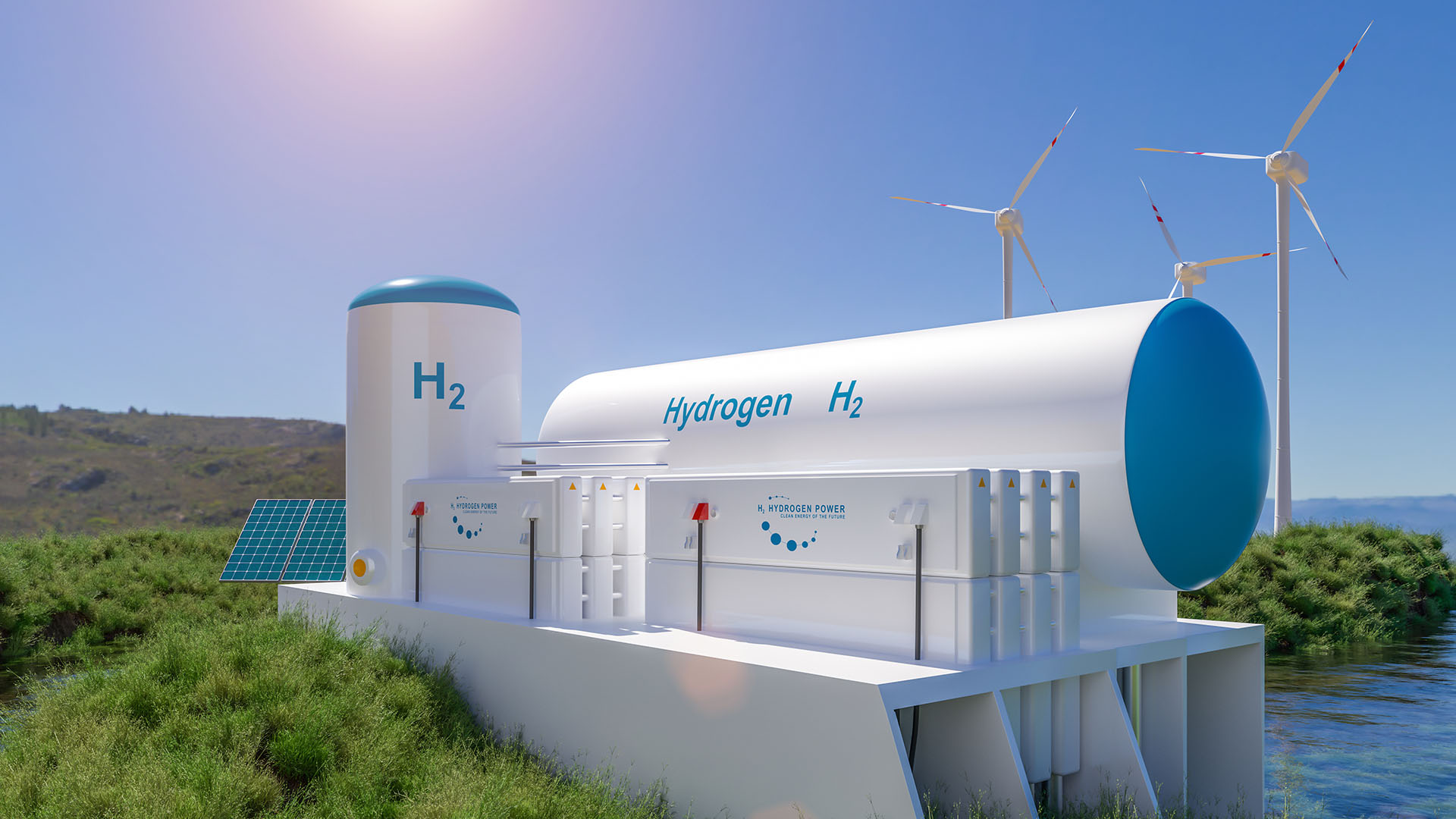
Stimulating the use of and demand for green hydrogen in Europe
Author:
Global | Publication | giugno 2022
Introduction
Green hydrogen is expected to play a key role in achieving the Green Deal objective of making the EU climate neutral (with net-zero greenhouse gas emissions) by 2050. The EU Hydrogen Strategy sets an ambitious target of 40 GW electrolyser capacity by 2030. One of the challenges in expanding the roll-out of green hydrogen is that its production is not yet cost-competitive with blue and grey hydrogen (produced from fossil fuels), due to high production, conversion, transport and storage costs. The European Commission (EC) is trying to stimulate the use of and demand for green hydrogen, for example by making its use mandatory in industry, and by including new targets for 2030 in its proposed amendments to the recast Renewable Energy Directive (RED III).
RED III is part of the EU ‘Fit for 55’ package, which was presented on July 14, 2021 and imposes an EU-wide reduction target of at least 55 percent in net greenhouse gas emissions by 2030, compared to 1990 levels. Green or renewable hydrogen was first recognized as a so-called Renewable Fuels of Non- Biological Origin (RFNBO) in the recast of the Renewable Energy Directive (RED II) in 2018, but its use was limited to the transport sector. In the proposal for RED III, RFNBOs are defined as “liquid and gaseous fuels, the energy content of which is derived from renewable sources other than biomass.” The use of RFNBOs is extended from the transport to the industry sector (e.g. iron and steel, aluminium, chemicals and cement) in order to promote green hydrogen in hard-to-decarbonize sectors. For 2030, a target of 2.6 percent applies to the transport sector, while in industry, 50 percent of grey hydrogen must be replaced by green hydrogen.
In December 2021, the EC presented the Hydrogen and Gas Markets Decarbonization Package (‘gas package’ or ‘fourth energy package’), including proposals for a Gas and Hydrogen Directive and for a Gas and Hydrogen Regulation. The Package aims to facilitate a regulatory framework that takes away barriers to the entry of hydrogen and promotes a level playing field and an EU infrastructure for the uptake of renewable and low-carbon gases. Moreover, it reduces legal uncertainty by including definitions of renewable and low-carbon hydrogen, in line with those of the RED III proposal (e.g. adhering to the 70 percent greenhouse gas reduction threshold). Finally, the Package imposes certification requirements for renewable and low-carbon hydrogen in line with the methodologies of the expected Delegated Acts under RED II and under the proposed Gas and Hydrogen Directive respectively.
With this package, the EC chose to regulate the green hydrogen sector based on common regulatory principles applicable to the gas market, but adapted to the stage of development of hydrogen markets. It introduced key principles for regulating the hydrogen market, taking into account the future of the hydrogen value chain. These principles concern non-discriminatory third-party access (‘TPA’), (vertical) unbundling requirements for hydrogen network operators, an EU-wide hydrogen quality (purity) standard and cost-reflective and market-compatible network tariffs. The idea is that these principles provide the hydrogen market participants – in particular investors and operators – with an insight into what the regulatory framework will look like in the longer term, while offering them flexibility in the short term. An example of this flexibility is that negotiated TPA is considered a possibility until 2030, while thereafter, regulated TPA and tariffs to hydrogen networks apply. Tariff regulation and tariff discounts are imposed from 2030 to encourage the uptake of renewable and low-carbon gases.
The Netherlands
In the Netherlands, there is a widespread ambition to develop the potential of green hydrogen, given its favorable starting position (e.g. the potential for offshore wind energy on the North Sea and the existing natural gas infrastructure that can be repurposed for hydrogen use). The Netherlands is expected to become a major player in the emerging international hydrogen market.
Under the Dutch National Climate Agreement (Klimaatakkoord), a specific section is dedicated to hydrogen and focuses on scaling up water electrolysis to approximately 500 MW installed capacity by 2025 and a minimum of 3-4 GW installed capacity by 2030, with the ambition to have 8-10 GW of installed capacity by 2030. The Climate Agreement also envisages a role for blue hydrogen (production from fossil fuels but with carbon capture and storage), particularly in industrial applications.
The fourth energy package will largely shape the Dutch regulatory framework for the hydrogen market, but with a flexible national approach to facilitate the developers in the Netherlands until the final EU regulatory framework is agreed, adopted and implemented.
The Dutch Ministry of Economic Affairs and Climate Policy (EZK) is adopting a three-stage approach in order to achieve a full regulatory framework:
- The first ‘early development’ stage applies until 2025 and allows for: (i) hybrid negotiated-TPA, (ii) access and tariff conditions determined by the Ministry of EZK and (iii) standard contract T&C published by Gasunie. The Ministry of EZK will communicate the first roll-out plan for the development of the hydrogen network in the Parliamentary Letter before Summer 2022.
- The second ‘development and early operation’ stage will run from 2025 to 2030, during which: (i) the EU framework is implemented in Dutch law, (ii) there is a transition towards regulated-TPA where hybrid negotiated-TPA is still allowed and (iii) the regulatory authority (‘NRA’) may provide guidance on negotiated-TPA.
- The final ‘full operation’ stage applies from 2031 and includes: (i) a full Dutch regulatory framework, (ii) regulated-TPA and (iii) rules on balancing, capacity allocation and congestion management.
The national hydrogen backbone, the hydrogen transmission system, to be developed by Gasunie, national gas network operator, will connect the various energy clusters in the Netherlands. The first regional hydrogen networks, which will eventually form the backbone, are being constructed under national supervision (i.e. by the Ministry of EZK). The national coordination scheme ensures a tight and efficient process for submitting the necessary permits for inspection at the same time and guarantees that these permits will be obtained.
HyNetwork Services (HNS), a subsidiary of Gasunie, is responsible for constructing the Dutch hydrogen network. Together with the Ministry of EZK, HNS is currently preparing and developing the policy and contractual framework for hydrogen transport, which has been consulted in the market and expected to be published later this year. The first part of the national hydrogen network becomes operational in late 2024 or early 2025, with the aim of becoming fully operational in 2030. By then, industries and industrial clusters will be connected and storage and cross-border connections will have been realized; Gasunie is working with neighboring network operators to realize the cross-border connections and is also developing hydrogen infrastructure in Germany.
The aim is to open the first subsidy scheme for the production of green hydrogen this year; green hydrogen will be included in the production of energy carriers in the SDE++.
So, although various details need to be worked out from an EU and Dutch regulatory perspective and delays can occur, we consider the latest developments as a positive sign for the development of green hydrogen projects and already see a significant interest in this market from our clients.

Energy transition
Subscribe and stay up to date with the latest legal news, information and events . . .

